
Which Type of Hob Is the Cheapest to Run
With energy prices continuing to fluctuate, many households are reassessing how they cook. One of the most common questions is: which hob is the cheapest to run? Whether you’re building a new kitchen or replacing an old appliance, understanding the energy efficiency and running costs of different hob types can help you save money long-term.
This guide compares gas, induction, ceramic, and solid plate hobs—looking at their energy use, costs, and practical pros and cons.
Types of Hobs Explained
Each hob type works differently and uses energy in unique ways. Here’s a quick overview:
• Gas Hobs
Gas hobs use open flames to heat pans. They’re known for quick heat control and are common in UK kitchens. However, they lose a lot of heat around the pan.
• Induction Hobs
Induction hobs use electromagnetic fields to heat the pan directly. This makes them extremely efficient—almost no heat is wasted. They require compatible (magnetic) pans.
• Ceramic Hobs
These electric hobs use heating elements under a smooth glass surface. They’re simple and modern but slower to heat and cool compared to induction.
• Solid Plate Hobs
The traditional electric option, solid plate hobs are cheap to buy but slow and inefficient. They’re being phased out in favour of newer technologies.

Running Cost Comparison (2025 Estimates)
This table breaks down energy usage, average UK unit costs, efficiency rates, and estimated costs per use and annually for each hob type.
| Hob Type | Avg Energy Use (kWh per hour) | Energy Cost (per kWh) | Efficiency | Cost per 10 mins use | Est. Annual Cost* (1 hour/day) |
|---|---|---|---|---|---|
| Gas | 2.0 kWh | £0.07–£0.10 | 40–60% | £0.07–£0.10 | £100–£150 |
| Induction | 1.5–2.0 kWh | £0.28–£0.32 | 85–90% | £0.10–£0.12 | £110–£130 |
| Ceramic | 1.8–2.2 kWh | £0.28–£0.32 | 60–70% | £0.12–£0.14 | £130–£160 |
| Solid Plate | 2.2–2.5 kWh | £0.28–£0.32 | 50–60% | £0.14–£0.16 | £150–£180 |
*Estimated annual cost based on using the hob for 1 hour per day, 6 days a week.
Estimate Your Appliance Running Costs
Wondering how much your kitchen appliances cost to run each month? Use our simple energy cost calculator to get a quick estimate. Just enter how many kilowatt hours (kWh) your appliance uses and the price you pay per unit of electricity, and the tool will work out your monthly cost in seconds. It’s a handy way to compare different appliances, plan your budget, and spot where you could save on energy.Energy Cost Calculator
What Affects Hob Running Costs?
It’s not just the hob type that matters—these factors also influence energy use:
- Pan size and material (thicker, flat-bottomed pans work best)
- Cooking style (frequent high heat = higher cost)
- Residual heat use (induction and ceramic retain heat)
- Energy tariffs (gas vs electricity rates)
- Ventilation (gas hobs need extractor fans for safety)
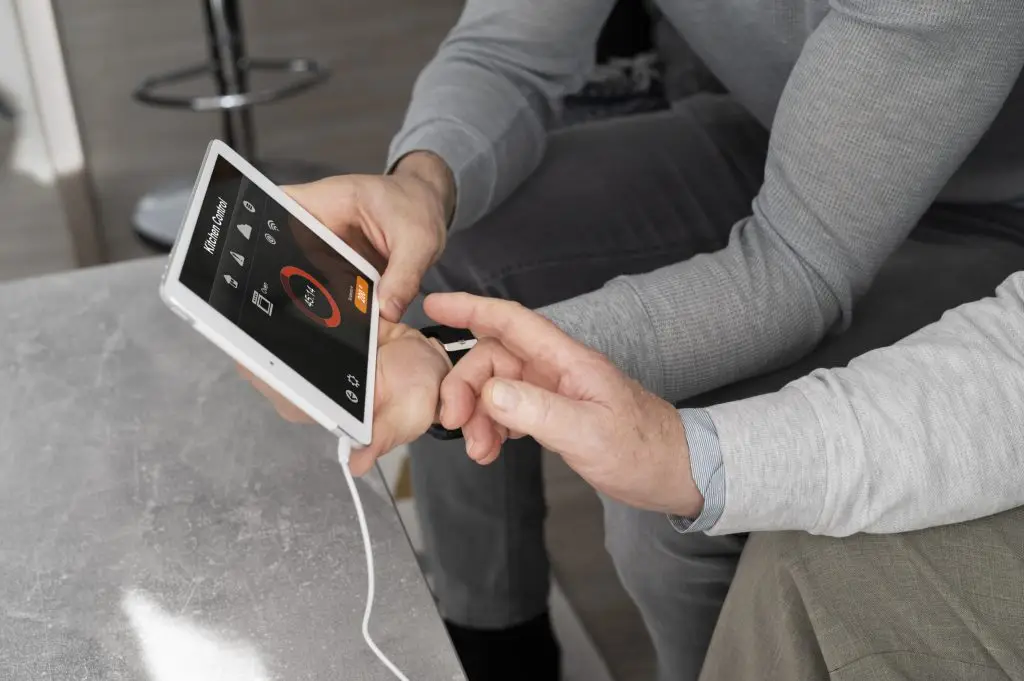
Installation & Upfront Costs
It’s worth balancing running costs with purchase and setup fees:
| Hob Type | Typical Price Range | Installation Notes |
|---|---|---|
| Gas | £200–£400+ | Needs Gas Safe engineer |
| Induction | £200–£400+ | Standard plug or hardwired |
| Ceramic | £170–£300 | Hardwired |
| Solid Plate | £140–£200 | Hardwired, simple but outdated technology |
Pros and Cons Summary
| Feature | Gas | Induction | Ceramic | Solid Plate |
|---|---|---|---|---|
| Running Cost | £ | ££ | £££ | ££££ |
| Heat Control | ★★★★★ | ★★★★☆ | ★★★☆☆ | ★★☆☆☆ |
| Energy Efficiency | ★★☆☆☆ | ★★★★★ | ★★★☆☆ | ★★☆☆☆ |
| Safety | ★★☆☆☆ | ★★★★★ | ★★★☆☆ | ★★☆☆☆ |
| Eco-Friendliness | ★★☆☆☆ | ★★★★★ | ★★☆☆☆ | ★☆☆☆☆ |
| Upfront Cost | ★★★☆☆ | ★★☆☆☆ | ★★★★☆ | ★★★★★ |
So… Which Hob Is Cheapest to Run?
If you’re looking purely at cost per use, gas hobs are still the cheapest to run in most UK homes, especially if you’re on a competitive gas tariff.
However, if you’re thinking long-term savings, induction hobs are worth the higher upfront cost thanks to:
- Superior energy efficiency
- Faster cooking times
- Minimal heat loss
- Lower overall electricity waste
Recommendations
- On a tight budget? Stick with gas (if already installed).
- Want long-term energy savings? Invest in an induction hob.
- Occasional cook? Ceramic hobs offer balance without breaking the bank.
- Landlord or renovator? Induction has the broadest appeal and modern look.
Frequently Asked Questions
- All Posts
- Cooker Hood Guides & Advice
- Dishwasher Guides & Advice
- General Appliance Guides & Advice
- Hob Guides & Advice
- Laundry Guides & Advice
- Microwave Guides & Advice
- Oven Guides & Advice
- Wine Cooler Guides & Advice

Learn how to clean glass oven door windows safely and effectively, inside and out. Follow our simple steps for clear,...
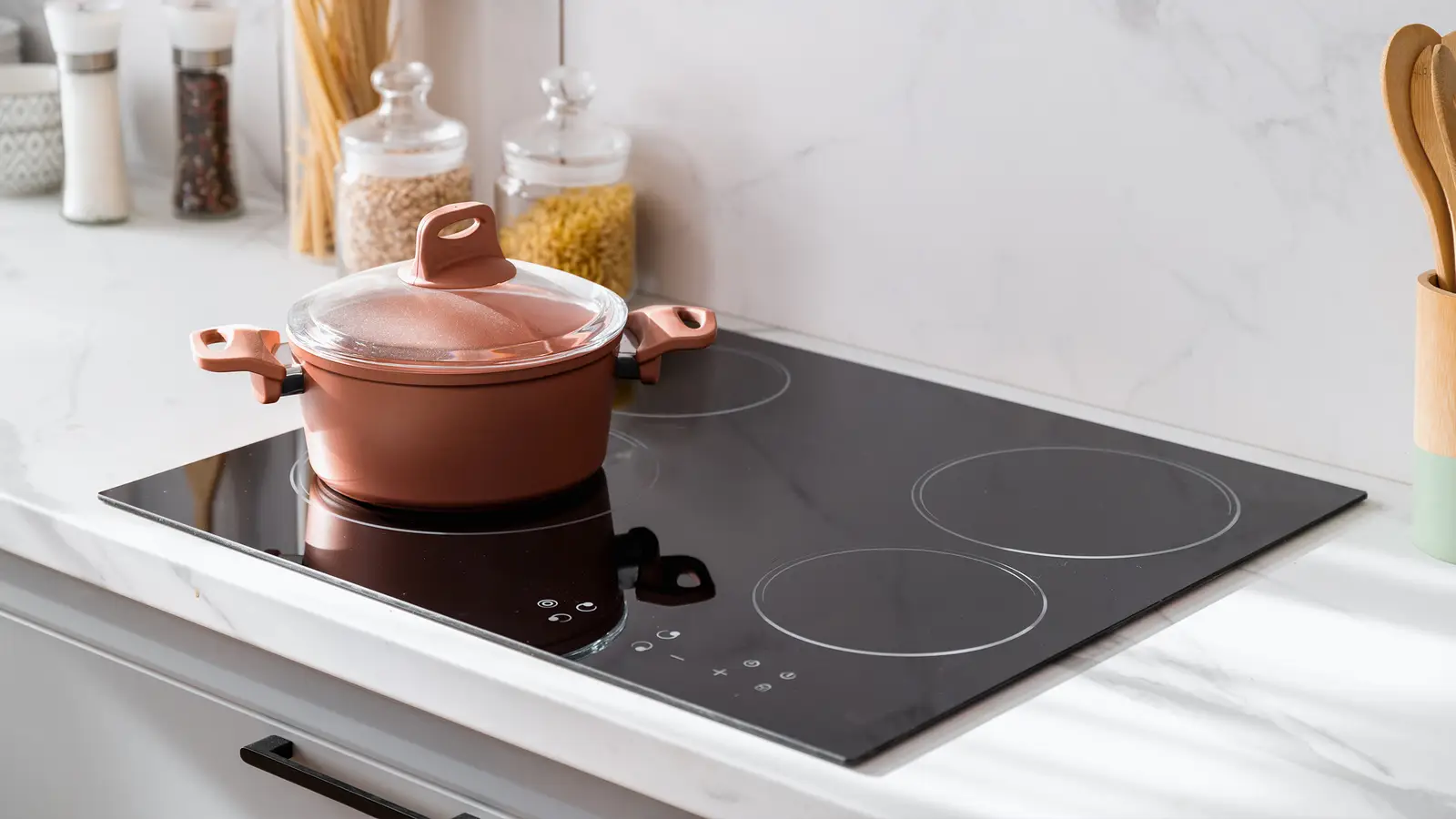
Can a ceramic hob be plugged into a normal socket? Learn the safety rules, power limits and installation advice before...
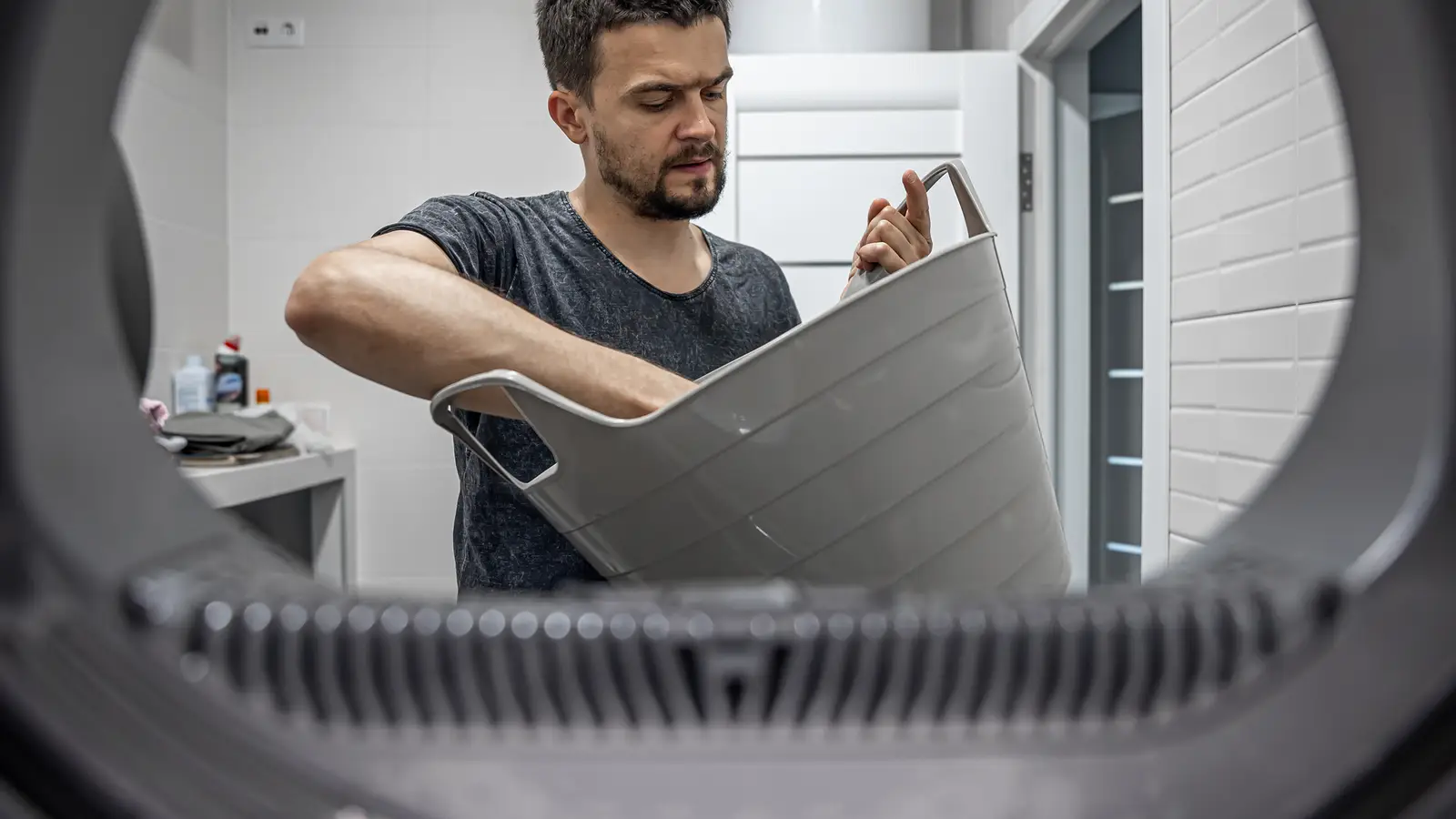
Discover how integrated washer-dryers really perform, including space, venting and drying realities. Learn what to expect before buying. Read now.

Learn what freezer burn is, how to prevent it, and keep your food fresher for longer. Follow these simple tips...
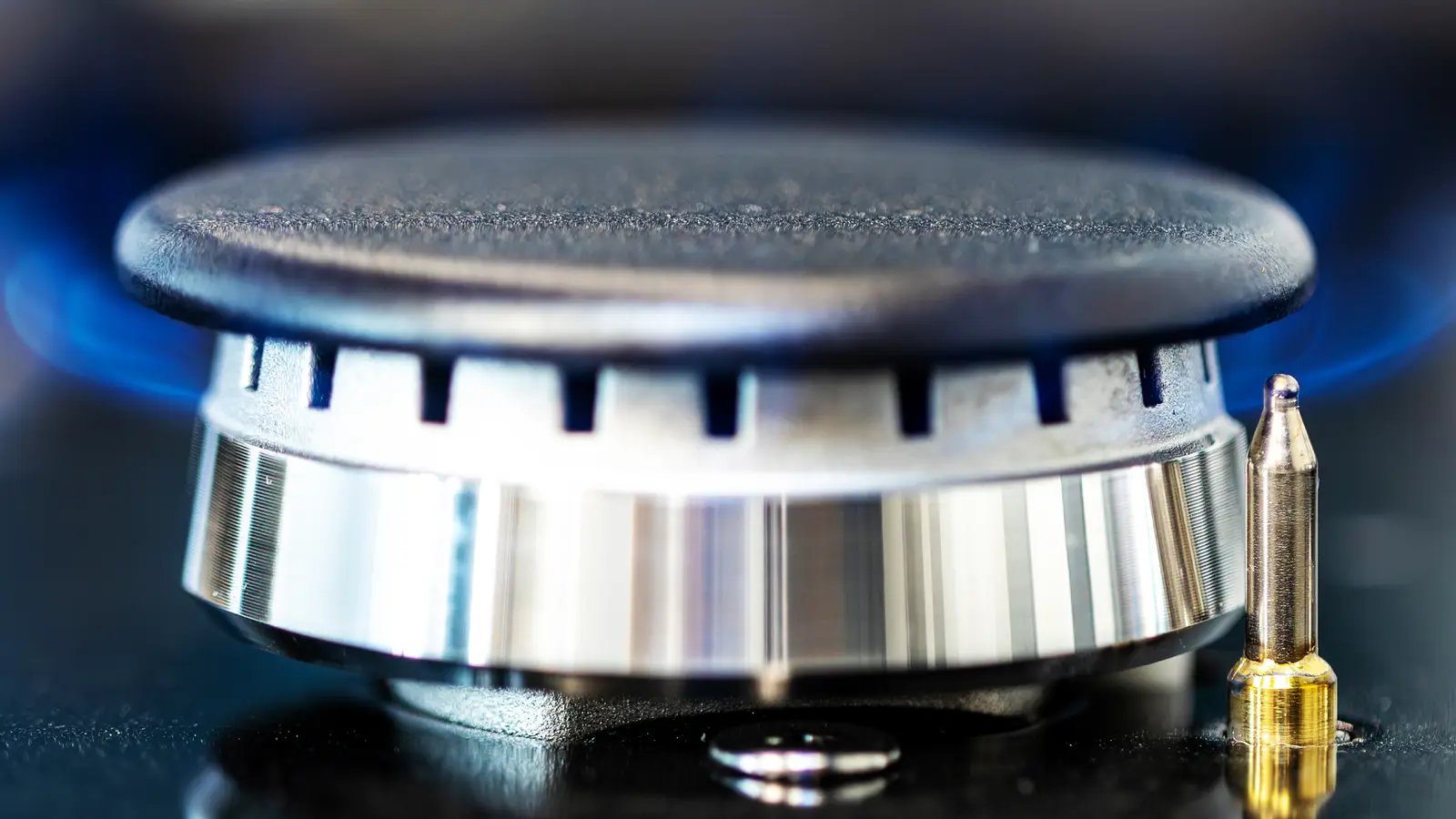
Find out if you can plug a gas hob ignition into a normal socket, plus safety rules and installer guidance....
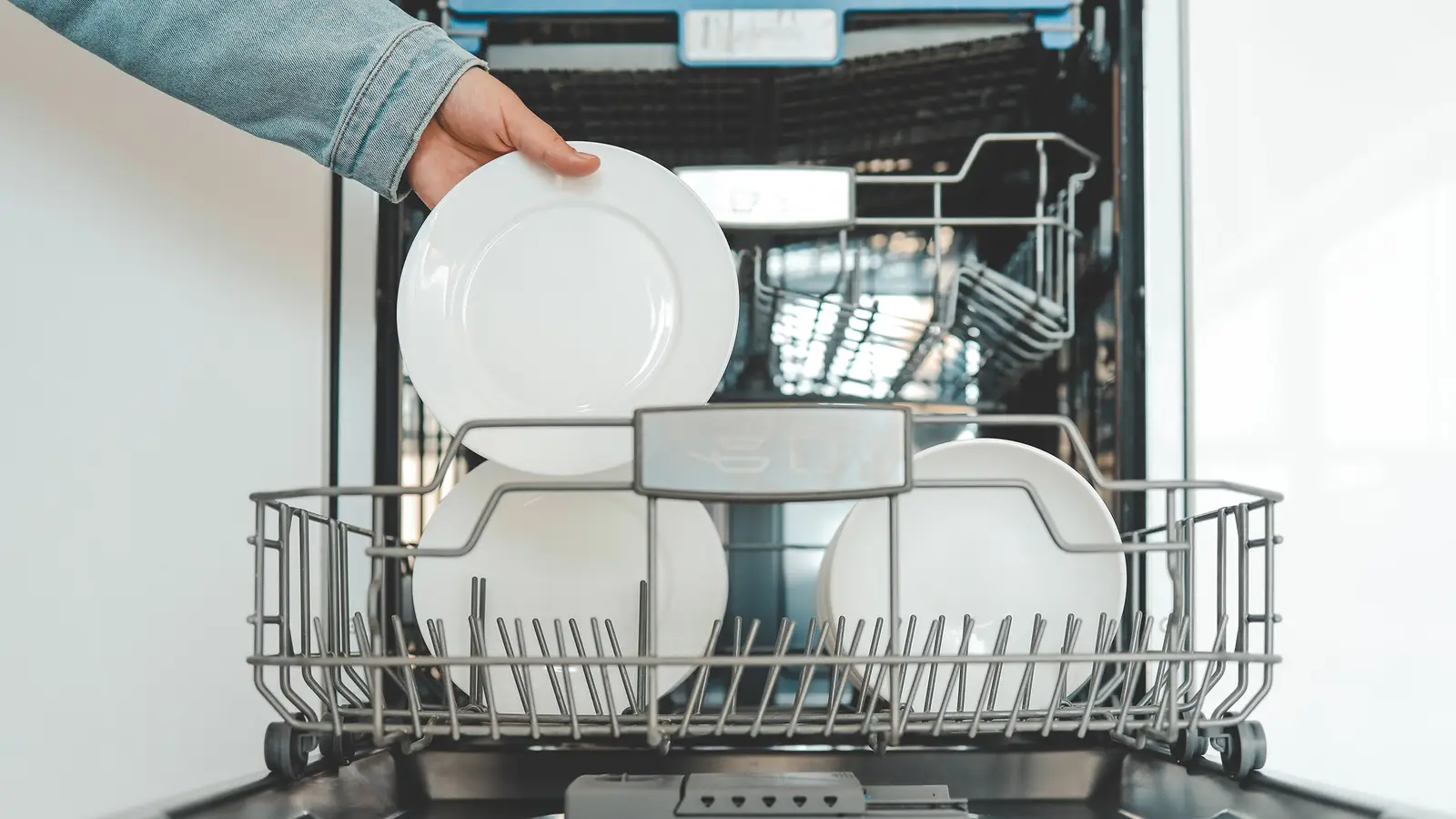
Learn what dishwasher salt and rinse aid do, why they matter, and when to refill them for the best cleaning...
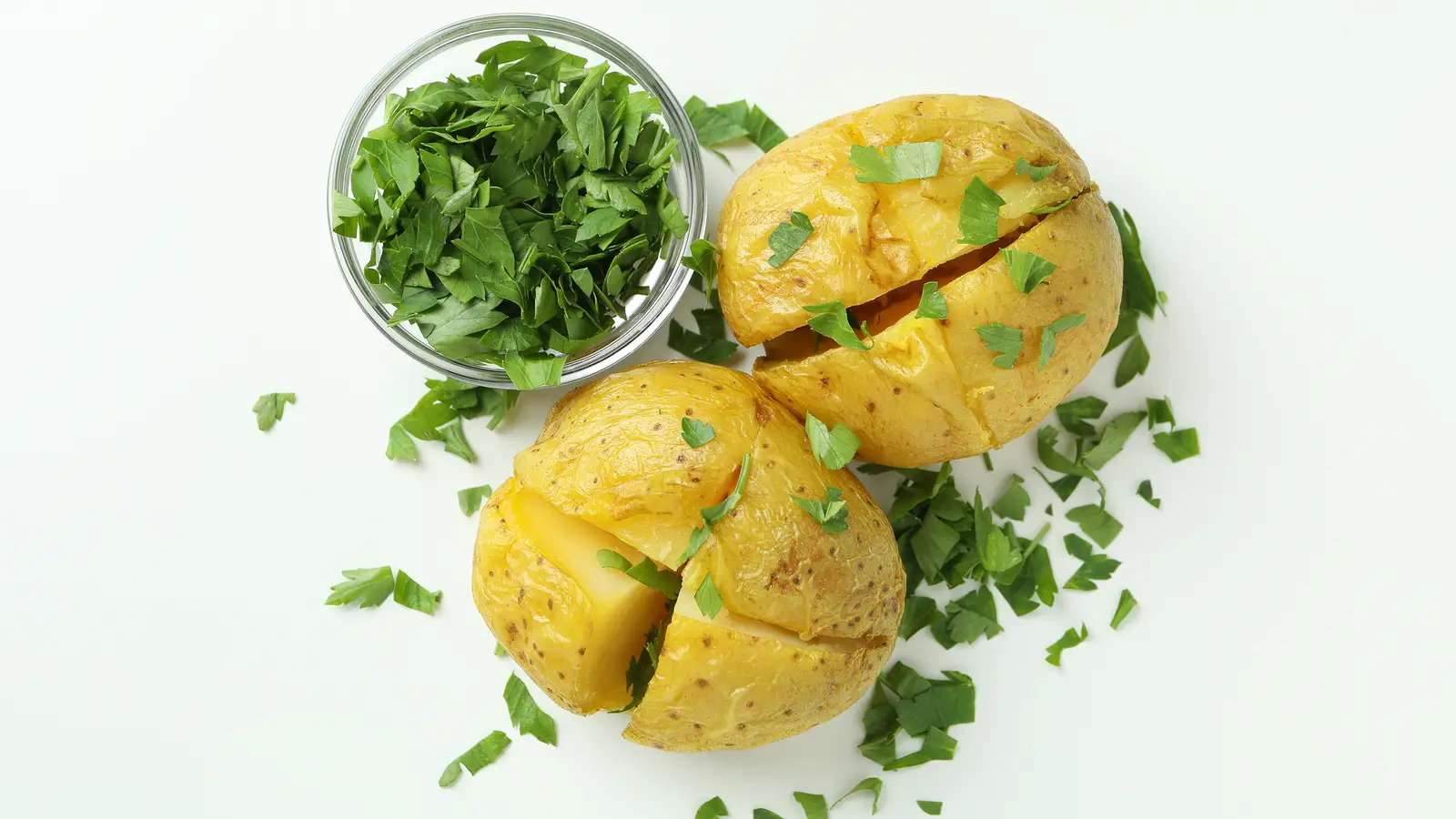
Learn how to cook the perfect jacket potato with crispy skin and a fluffy centre. Quick, simple steps for oven...
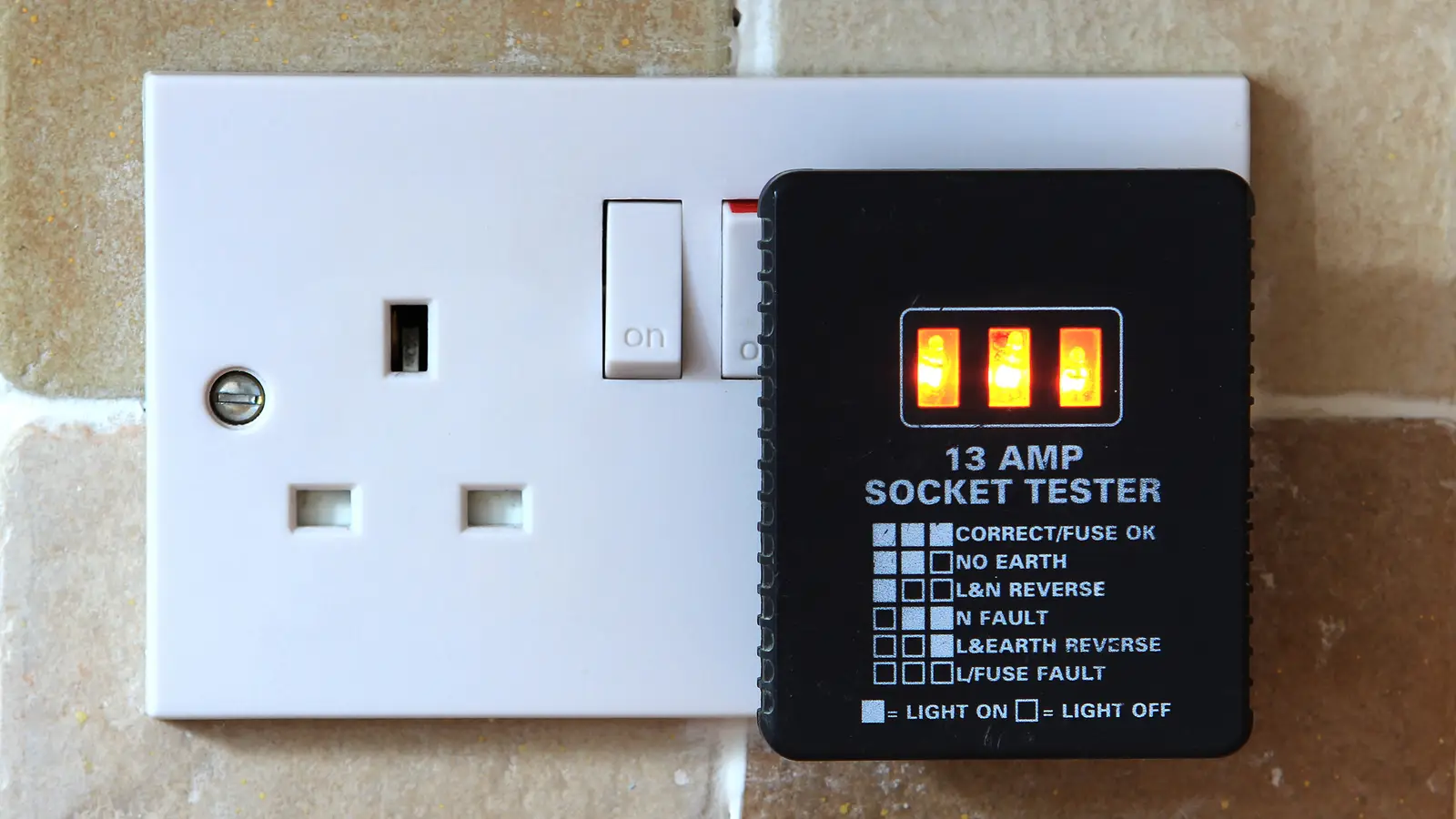
Find out if you can plug a dishwasher into a normal UK socket and what safety rules apply. Quick, clear...
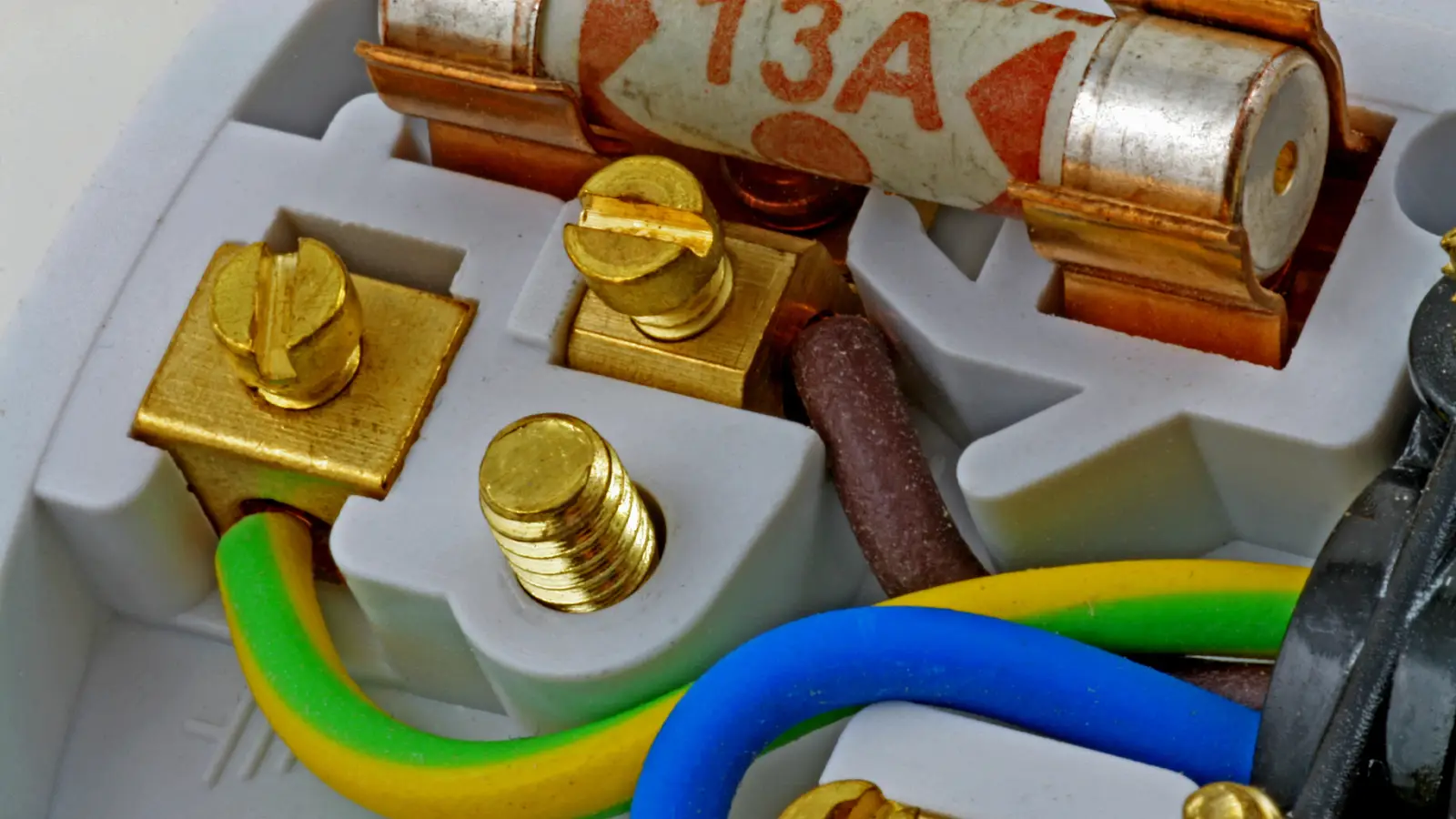
Unsure if a microwave & grill combo can use a normal UK socket? Learn the rules, wattage limits and safety...